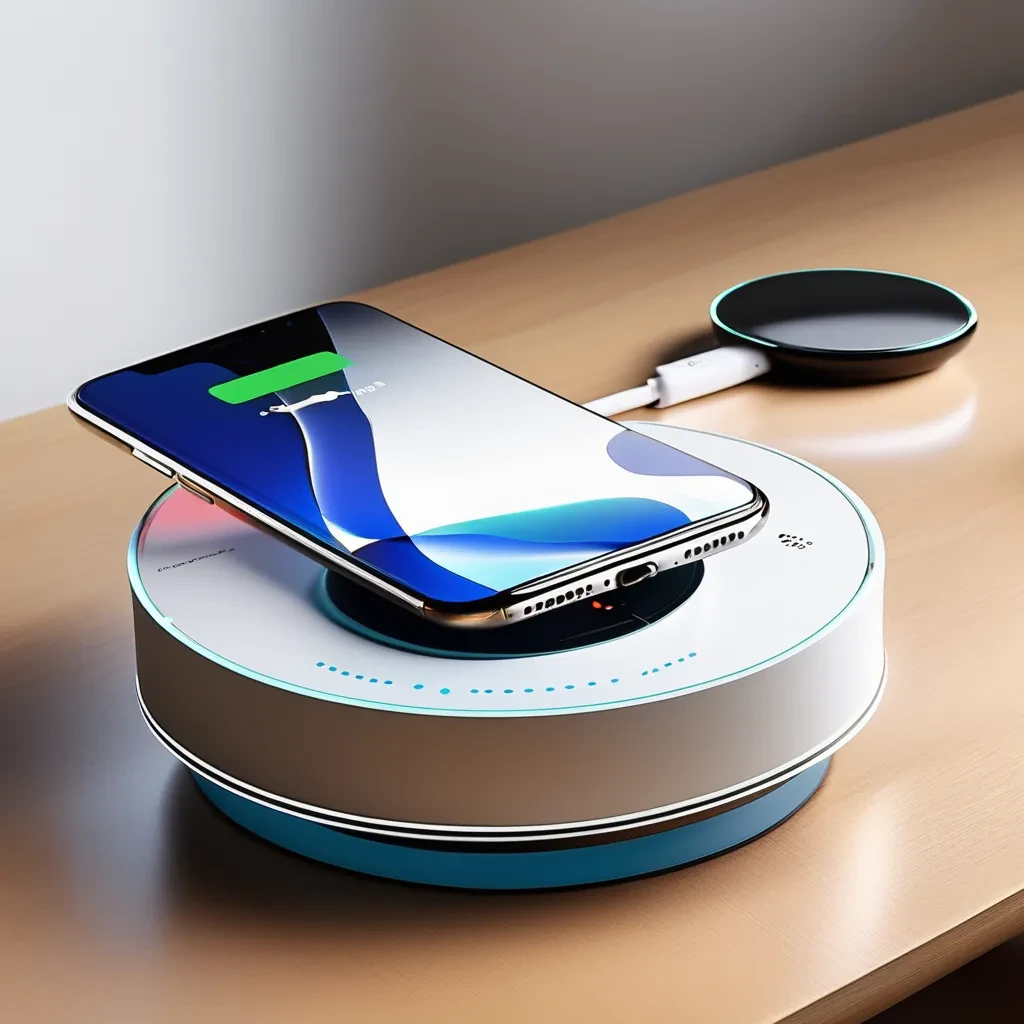Inductive Charging

Inductive charging, also known as wireless charging, is a technology that enables the transfer of electrical energy from a power source to a device without the use of physical cables, relying on electromagnetic induction.
It works by using a transmitter coil in the charging pad to generate an oscillating magnetic field, which induces an electric current in a receiver coil embedded in the device being charged.
This process converts the induced current into usable energy, charging the device's battery. Inductive charging is increasingly used in a variety of applications, including consumer electronics like smartphones and wearables, electric vehicles (EVs), trucks, medical devices, and industrial tools.
For instance, EVs can charge wirelessly by simply parking over a charging pad, and dynamic inductive charging is being researched to allow vehicles to receive power while in motion, enhancing their driving range without larger batteries. The technology offers numerous benefits, such as convenience, reduced wear and tear on connectors, and the ability to support waterproof and sealed device designs.
However, it also has drawbacks, such as lower efficiency compared to wired charging, longer charging times, and potential compatibility issues between different standards like Qi and Rezence. Despite these challenges, ongoing research and improvements are making inductive charging more efficient and widespread, with the potential for even broader adoption in the future.
